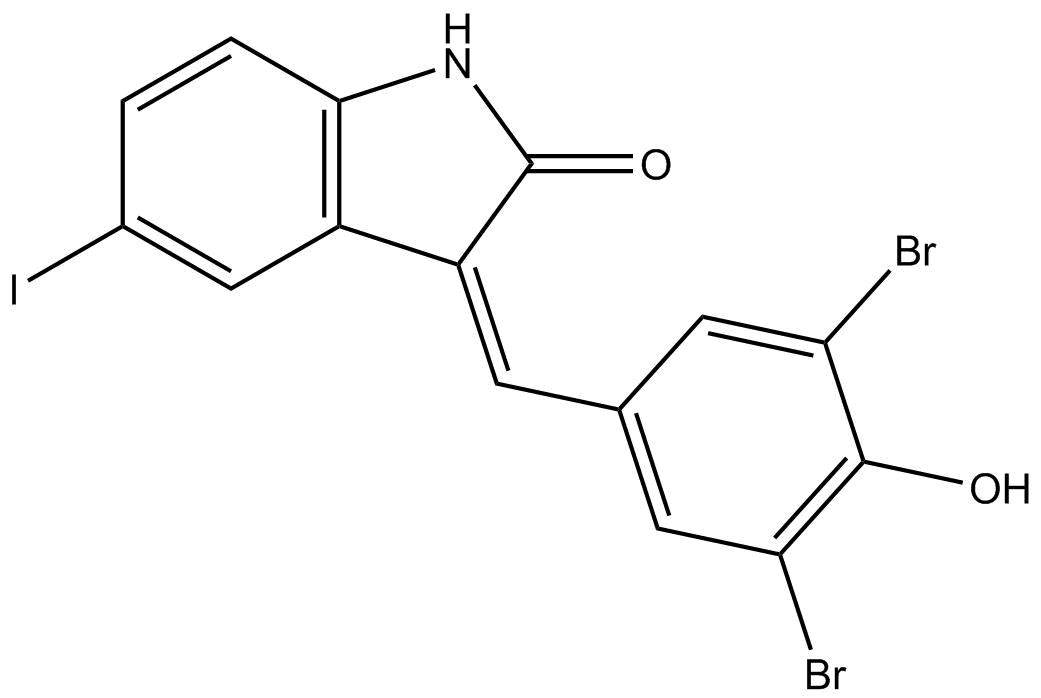Archives
muscle metabolism The first consistency check we performed w
The first consistency check we performed was that the “normal metabolism” scenario, defined as baseline HDM activity and lack of induction of stemness transcription factors, should lead to cell differentiation. Figure 1B shows that, after an initial transient regime, the system settles down to a steady state whereby the protein levels of OCT4, SOX2, and LSG1 decay to zero, whereas LSG2 protein climbs to its stationary positive value. In the absence of induction, this cellular state is an absorbing state, i.e., once reached by the system it is not possible to exit. Figure 1C (left panel) shows a particular sample path where reprogramming of stemness is accomplished by merely adding OCT4 and SOX2 to the baseline scenario. Importantly, under baseline conditions both LSG1 and LSG2 are predominantly acetylated and, therefore, their promoters remain accessible to transcription factors, with short-lived journeys into the methylated state (Supplemental Appendix D). Despite the fact that during episodes of transient methylation the muscle metabolism levels of the LSGs become downregulated, this does not necessarily lead to reprogramming since the stochastic dynamics of the gene regulatory network has to pass through an unstable saddle point (Supplemental Appendix E). Therefore, several episodes of transient methylation should occur before a period of transient methylation of sufficient duration allows the gene-regulation system to successfully pass through the bottleneck.
We then introduced the ability of 2HG to reduce HDM activity. Figure 1C (right panel) shows a realization of the stochastic model whereby reprogramming is achieved with a 5% reduction of HDM activity with respect to the baseline scenario (Figure 1C, left panel). Oncometabolic reduction of HDM activity increases the characteristic duration of the transient episodes of methylation (Supplemental Appendix D) which, in turn, increases the likelihood of one such period of sufficient duration for the gene regulatory system to overcome the bottleneck. In this scenario, the system must transit from the differentiated state to the stem cell state. Figure 1D illustrates how the relative height of the peak corresponding to the stem cell state increases in relation to the peak corresponding to the differentiated cell state, thus implying that the epigenetic barriers are significantly lowered in response to 2HG-induced reduction of HDM activity. There is a “third peak” that arises from the fact that, while attempting reprogramming, the gene regulatory system spends a long time in the vicinity of the saddle point, trying to overcome the bottleneck. The height of this third peak appears to be rather insensitive to the 2HG-regulated activity of HDM, as it depends on the kinetic parameters of the gene regulatory system alone. Figure 1E shows the immediate and significant consequences for the kinetic efficiency of nuclear reprogramming; specifically, the reduction in average reprogramming time varies exponentially with the 2HG-induced reduction of HDM activity. Therefore, even modest 2HG-driven reductions of HDM activity are predicted to drive a considerable increase in the reprogramming efficiency.
We finally interrogated our stochastic model to examine whether the basins of attractions of each of these cell states, i.e., the set of developmental states which are attracted to each of them, are also altered in response to 2HG-induced reduction of HDM activity. We carried out a semiclassical quasi-steady-state approximation (QSSA) (Supplemental Appendix B) to analyze the existence of initial conditions that, in the absence of HDM inhibition, converge to a differentiated cell state and, upon inhibition, converge to the stem cell state. We found that such initial conditions exist, i.e., a portion of the basin of attraction of the differentiated cell state is transferred to the stem cell state upon HDM inhibition. Fig ure 1F illustrates how oncometabolic-induced repression of HDM activity actually enlarges the basin of attraction of the stem cell state.
ure 1F illustrates how oncometabolic-induced repression of HDM activity actually enlarges the basin of attraction of the stem cell state.